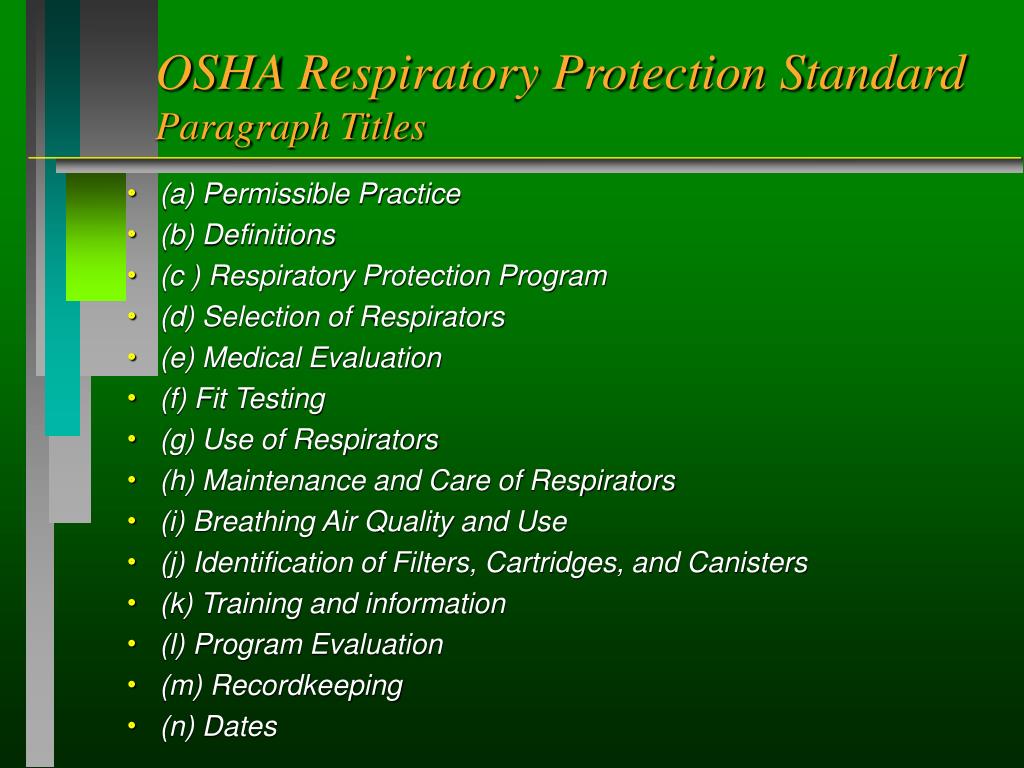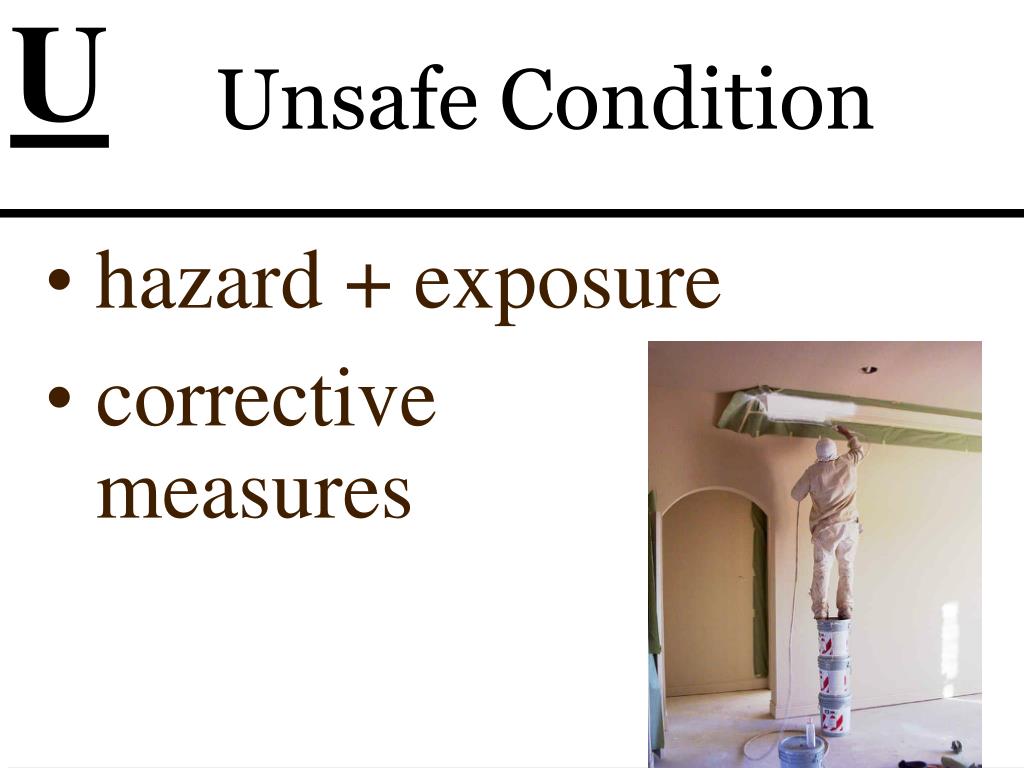
For any chemical agent for which a BOELV is established, Member States should establish a corresponding national binding occupational exposure limit value based on, but not exceeding the Community limit value.

Member States should keep workers' and employers' organisations informed of IOELVs set at a Community level. These limit values should be established or revised taking into account the availability of measurement techniques. This was undertaken by the European Commission’s Scientific Committee for Occupational Exposure Limits (SCOEL). To establish OEL, a thorough assessment of the available scientific information is essential as a first step.

Indicative OELs are health-based limits conventionally established only for substances for which it is possible to establish a threshold or a no effect level considered to be protective of health.This Directive sets out general principles for assessing and preventing risks at work from the use of chemical agents, and includes the legal framework for indicative occupational exposure limit values (IOELVs), binding occupational exposure limit values (BOELVs) and binding biological limit values: Directive 98/24/EC on the protection of the health and safety of workers from the risks related to chemical agents at work replaced 80/1107/EEC and defined OEL as the limit of the time-weighted average of the concentration of a chemical agent in the air within the breathing zone of a worker in relation to a specified reference period. OELs are usually set for single substances, but sometimes they are also produced for common mixtures in the workplace, for example solvent mixes, oil mists, fumes from welding or diesel exhaust fume.Ĭouncil Directive 80/1107/EEC, as amended by Council Directive 88/642/EEC, on the protection of workers from the risks related to exposure to chemical, physical and biological agents at work, introduced into EU legislation of the objective of establishing occupational exposure limits (OELs). They are tools to help employers protect the health of workers who may be exposed to chemicals in the working environment. pregnant women or other more susceptible people. OELs assume that exposed persons are healthy adult workers, although in some cases the OELs should also protect vulnerable groups – e.g. Occupational exposure limit values ( OELs) are set to prevent occupational diseases or other adverse effects in workers exposed to hazardous chemicals in the workplace.

7 Relations between occupational exposure limits and derived no effect levels.5 Short term exposure limits (STEL) and ceiling (STEL-C).4 Occupational exposure limits for carcinogenic compounds.


 0 kommentar(er)
0 kommentar(er)
